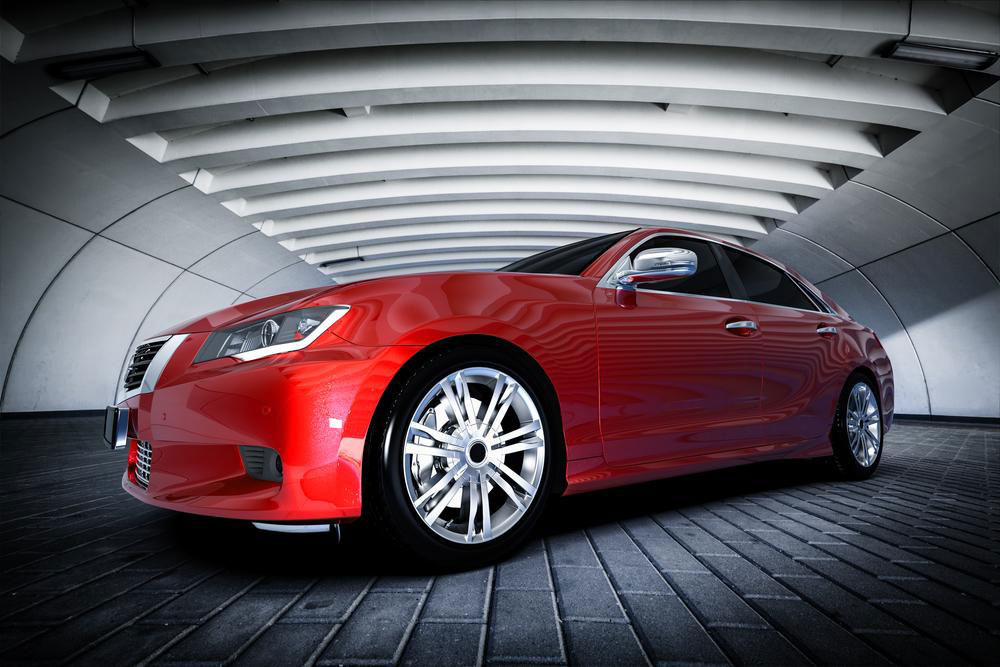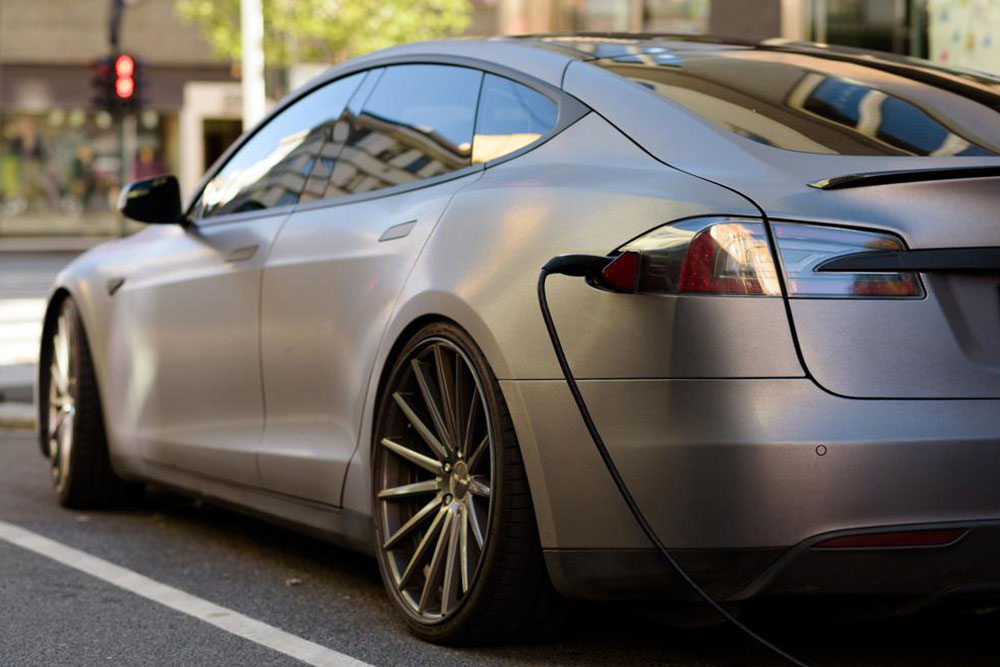The Rise of Compact Electric Vehicles: A Sustainable and Practical Choice for Modern Drivers
Discover the benefits of compact electric vehicles, including their eco-friendly features, affordability, and suitability for urban driving. Learn how advancements in battery technology and government incentives are driving their popularity as sustainable transportation options for modern drivers.

The Rise of Compact Electric Vehicles: A Sustainable and Practical Choice for Modern Drivers
In today's automotive landscape, there is a noticeable shift towards smaller, more efficient vehicles that cater to urban dwellers and environmentally conscious consumers. While luxury SUVs and large family vehicles continue to attract a segment of car buyers, an increasing number of drivers are turning towards compact electric vehicles (EVs) that offer a harmonious blend of practicality, eco-friendliness, and affordability. This growing trend is driven by advancements in battery technology, increasing environmental awareness, and supportive government incentives aimed at reducing carbon emissions. This article explores the features, benefits, and market dynamics of compact electric vehicles, making a compelling case for their role as a sustainable alternative for modern transportation needs.
Why Choose Compact Vehicles in a Crowded Market
Compact cars have long been appreciated for their maneuverability, fuel efficiency, and affordability. But with the advent of electric propulsion, these qualities are even more pronounced. For urban residents, parking spaces are often limited, and traffic congestion is a daily challenge. Smaller vehicles such as compact EVs provide an ideal solution, enabling drivers to navigate busy city streets with ease and park effortlessly in tight spaces. Furthermore, their lightweight design and reduced aerodynamic drag contribute to lower energy consumption, translating into longer driving ranges and less frequent charging needs.
Another compelling argument in favor of compact electric vehicles is their cost-efficiency. Traditional internal combustion engine (ICE) vehicles require significant expenditure on fuel and maintenance, especially as they age. In contrast, electric vehicles are cheaper to operate due to lower electricity costs and fewer moving parts, which results in reduced maintenance requirements. The affordability aspect extends further, with many manufacturers offering budget-friendly models that can be purchased new or used at prices accessible to a broad spectrum of consumers.
The Market Expansion of Small Electric Cars
The automotive industry has responded to consumer demand by broadening their roster of compact electric cars. Major automakers are introducing new models tailored to fit urban lifestyles, with features such as quick acceleration, modern infotainment systems, and smart connectivity options. Popular models like the Nissan Leaf, Chevrolet Spark EV, and Ford Focus Electric exemplify this trend, offering reliable, cost-effective transportation solutions with zero emissions.
Thanks to government incentives—such as tax credits, rebates, and access to HOV lanes—many consumers find it financially advantageous to opt for electric compact cars. These incentives help offset higher initial purchase prices and encourage widespread adoption of EVs, contributing to cleaner cities and healthier environments.
Advantages of Electric Compact Vehicles
Electric compact vehicles present numerous advantages beyond their environmental benefits. Firstly, they significantly reduce greenhouse gas emissions, supporting national and global efforts to combat climate change. Secondly, they operate more quietly than traditional cars, leading to decreased noise pollution, especially in densely populated areas.
Thirdly, electric vehicles provide a smoother driving experience characterized by instant torque delivery and minimal vibration. This results in a more comfortable ride, especially in stop-and-go city traffic. Additionally, the lower total cost of ownership—stemming from savings on fuel, reduced maintenance, and government incentives—makes EVs financially appealing over the long term.
However, potential buyers should consider some limitations. For example, the current charging infrastructure, although rapidly expanding, may still be insufficient in certain regions. Most EVs require around six to eight hours to fully recharge on a standard Level 2 charger, which could be inconvenient for drivers with busy schedules. Nonetheless, advancements in fast-charging technology are mitigating this concern, enabling vehicles to regain significant range in just 30 minutes.
The Future of Compact Electric Vehicles
The future outlook for small electric cars is optimistic. Automakers continue to innovate, offering improved battery capacities, extended driving ranges, and more affordable prices. As charging networks become more ubiquitous, range anxiety—a common concern among potential EV buyers—diminishes. Furthermore, the rapid development of solid-state batteries promises even greater energy density and safety for electric vehicles.
Policy-wise, governments worldwide are setting ambitious targets for fleet electrification, often requiring new car sales to be fully electric or hybrid by mid-century. This regulatory environment, coupled with consumer preferences shifting toward sustainability, ensures that compact EVs will remain a vital part of urban transportation for years to come.
In conclusion, compact electric vehicles combine practicality, environmental responsibility, and cost savings, making them an ideal choice for modern drivers seeking an efficient and sustainable mode of transportation. As technology advances and infrastructure improves, the adoption of these vehicles is poised to accelerate, contributing significantly to greener cities and healthier communities.





